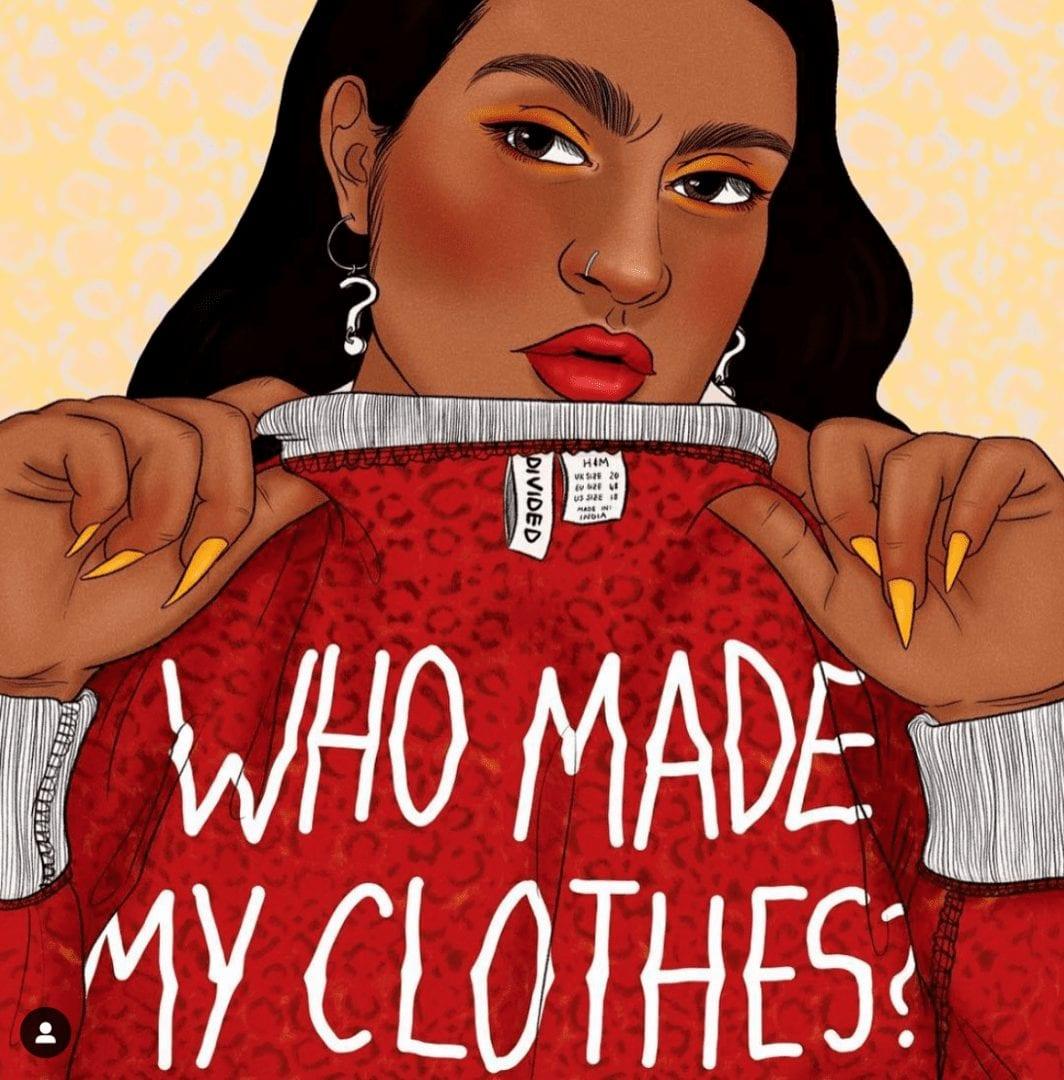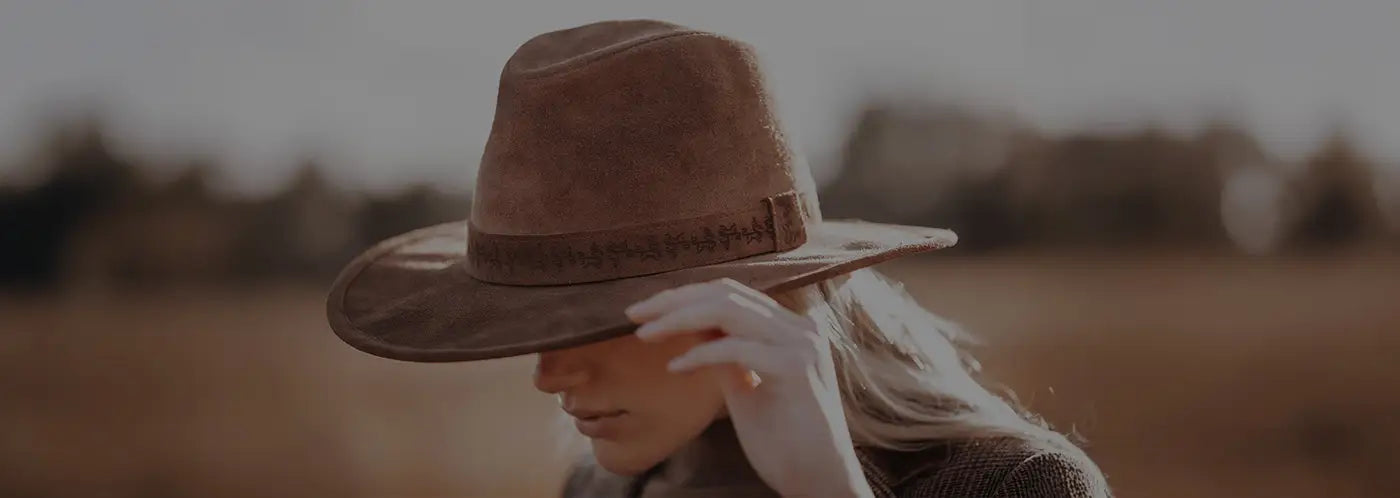
Being Green
Being green today is as on-trend as doing the latest reformative Pilates class or eating the most nutritious sourdough, and so it should be! We need to do more to save our planet instead of destroying it. So, what do we do… we recycle our cardboard and plastics, use our reusable coffee cups, and shop with our tote carrier bags. However, when it comes to clothes, we continue to lack awareness of the amount of waste we create each year. Statistics surrounding recycling clothes are astonishing and there is an abundance of them to be found. I mention just one, 700,000 tons of clothing is recycled in the UK each year. I won’t go on about why this is bad and how awful it is to think of even a quarter of that in landfill but instead, focus on how we can help reduce that stat. We can make a start by understanding how to be a more conscientious shopper. Educating oneself about how an item of clothing is made, the materials and fabrics used to make it and how they affect the environment is a good place to begin.
Who Made My Clothes?
Attempt to know who made your clothes and what they are made of. Look at the label and see if the product was made using man-made materials that cannot be recycled and are harmful to the environment. Strive to purchase items that use plant or animal-based materials, e.g. silk, wool, leather, linen, organic cotton; and avoid synthetics e.g. polyesters, nylons, elastic. Clothes and textiles are the number one source of microplastics in the oceans and as Fashionsita states, “apparel is the second-largest polluter in the world after oil.’’
Less is more
Try and buy fewer products that are of better quality. The item itself may be slightly more expensive at the outset but if it is a higher quality garment, chances are it will last longer and wear better. This should, in turn, reduce the number of clothes you need, as your wardrobe will have a longer life. If you can, step away from ‘fast fashion’ and move towards ‘eco clothing’.
Recycle, recycle, recycle
If you throw your clothes in a bin, they will most likely just end up in a landfill. Endeavour to give them a new lease of life and donate them to a charity shop or put them in clothes bins. What you may see as used and tatty could be someone else’s glitz and glamour.
It can all be a bit overwhelming understanding what the terms surrounding environmentally friendly actually mean – ‘sustainable’, ‘greenwashing’, ‘ethically sourced’ – but you can get a good idea of the companies’ ethos by looking at how they package their products. Acknowledge if they are using paper bags, recycled boxes or, when plastic is used, if it is recyclable. Also, try and gauge where the items are being made, e.g. if the product is made from polyester and in India, you know that the garment generally, won’t be great quality, will have plastic in it and will have a larger carbon footprint than saying something that is organic cotton made in the UK. By being a bit more conscious and aware, you can help move towards a greener way of life.Here at Welligogs, we are doing all we can to practice what we preach. We focus on producing garments that are made in the UK and if unattainable here, we then try to go no further than Europe. We have and will continue to strive to use more natural resources to make our clothes, choosing leathers, wools and cotton over synesthetic materials. We are excited to be bringing out a range of 100% organic cotton jumpers and tops, made in the UK, to pair with our coats and jackets.
If we need to use tape, we are sampling variations of paper craft tape as opposed to polypropylene plastic tape, with the aim of making us completely plastic-free and ocean-friendly by the end of 2020
We hope you help us in our journey to save the planet.





Leave a comment
This site is protected by hCaptcha and the hCaptcha Privacy Policy and Terms of Service apply.